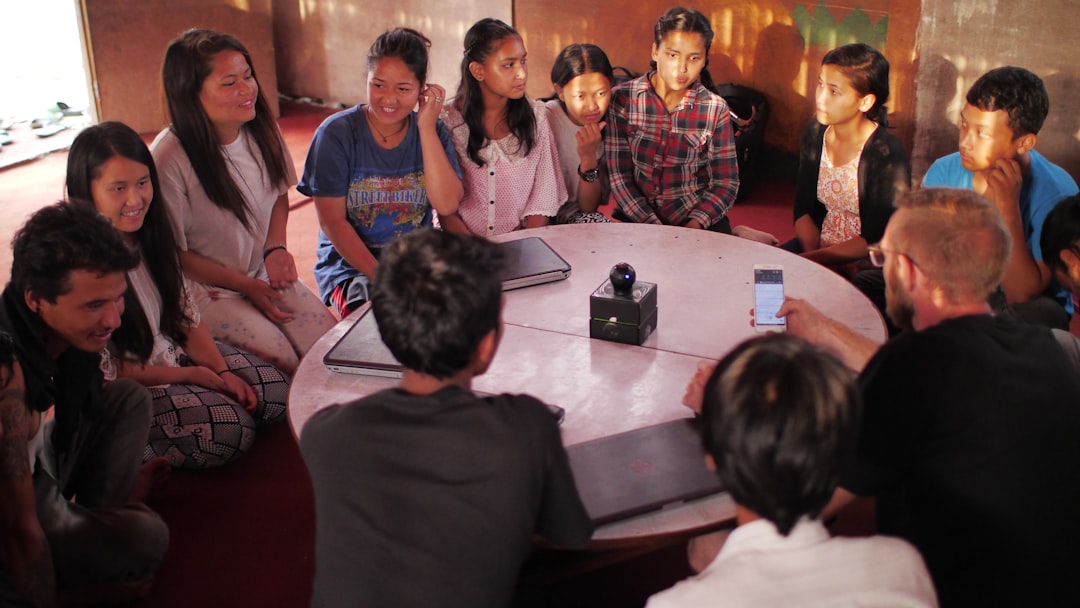What is it about?
Following the decision by the Second Vatican Council to introduce the vernacular into the Catholic liturgy, the second most senior prelate in Ireland faced a dilemma. On the one hand he felt he must obey the authority of the Church to which he had dedicated his life. However, he also felt a deep loyalty to the traditional liturgy which he believed was now in jeopardy. This paper looks at how he set about resolving his predicament.
Featured Image
Perspectives
I was raised as a Roman Catholic in the archdiocese of Dublin and I am just about old enough to remember the Sunday liturgy. or Mass, before it was altered beyond recognition following the Vatican Council. With its classical Latin text and plainchant singing, the traditional rite carried a great mystique for a young child. While the revised ritual was much more intelligible and easier to participate in, it was also less interesting, and - dare I say it - rather mundane by comparison. So I thought I would explore how the leading Irish churchman of his time reacted to what must have seemed to him like a 'revolution from the top' and set about trying to prevent the destruction of the liturgy he loved.
Mr. James P. Bruce
University of Oxford
Read the Original
This page is a summary of: Champion of the Gaeilgeoirí: John Charles McQuaid and the Irish-language mass, Irish Historical Studies, May 2016, Cambridge University Press,
DOI: 10.1017/ihs.2016.2.
You can read the full text:
Contributors
The following have contributed to this page










